Home>Gardening & Outdoor>Landscaping Ideas>How To Grow Grass In A Muddy Yard
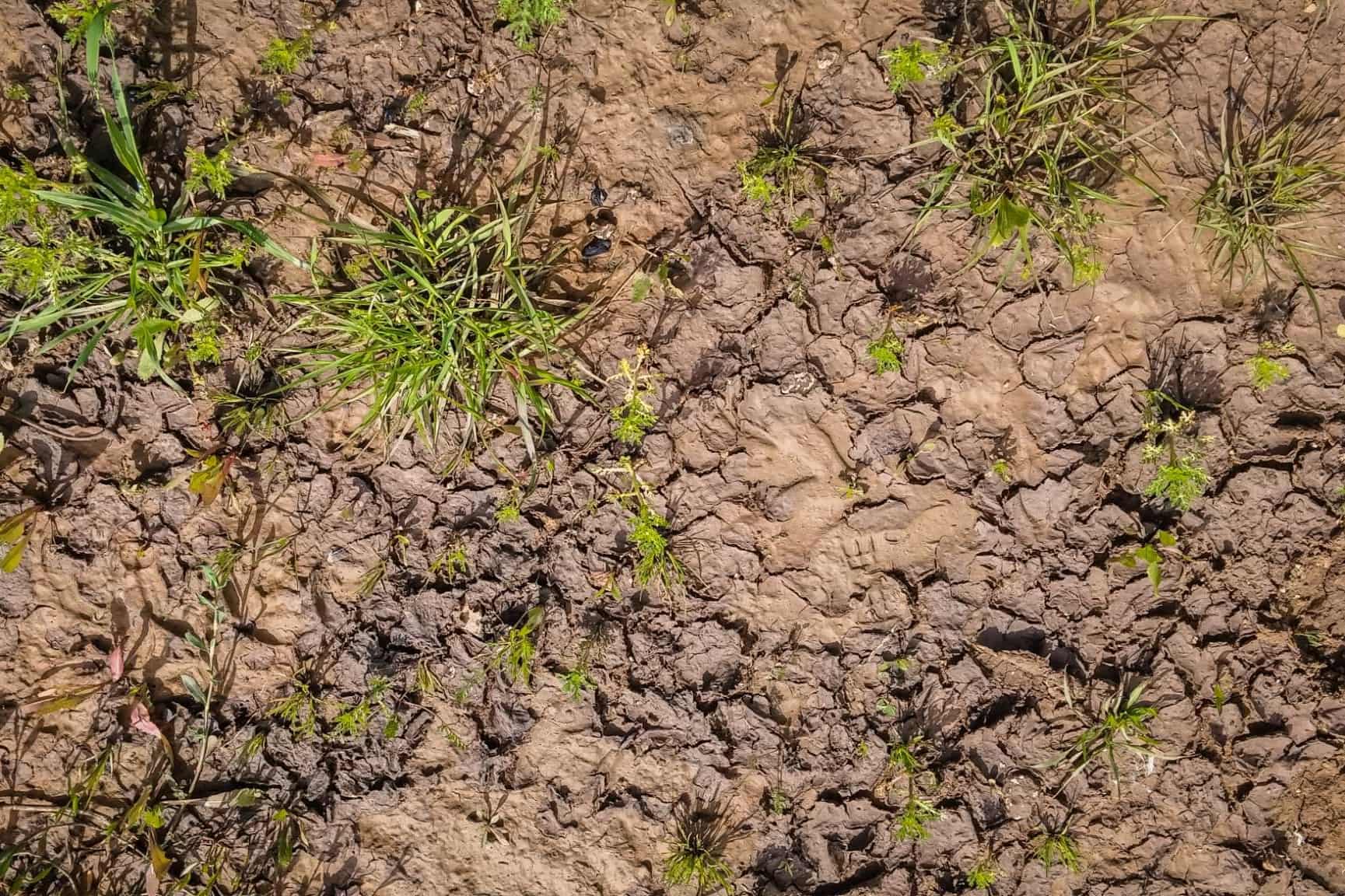

Landscaping Ideas
How To Grow Grass In A Muddy Yard
Modified: February 18, 2024
Learn effective landscaping ideas for growing grass in a muddy yard. Discover expert tips for transforming your outdoor space. Achieve a lush, green lawn today!
(Many of the links in this article redirect to a specific reviewed product. Your purchase of these products through affiliate links helps to generate commission for Storables.com, at no extra cost. Learn more)
Introduction
Dealing with a muddy yard can be a frustrating challenge for any homeowner. Whether it’s due to poor drainage, heavy foot traffic, or inclement weather, a muddy yard can detract from the beauty and functionality of your outdoor space. However, with the right approach and a bit of know-how, you can transform your muddy yard into a lush, green oasis. In this comprehensive guide, we’ll explore the step-by-step process of growing grass in a muddy yard, from assessing the condition of your yard to choosing the right type of grass and implementing effective maintenance strategies. By following these tips, you can revitalize your yard and create a welcoming environment for outdoor activities and relaxation.
Key Takeaways:
- Assess your yard’s drainage, foot traffic, and soil type to understand the muddy conditions. Then, prepare the soil, choose the right grass, and maintain it for a lush, resilient lawn.
- Combat persistent muddy areas with French drains, grading, water-absorbing landscaping, and hardscaping. Proactive maintenance ensures a functional and visually appealing outdoor space.
Read more: How To Grow Grass In Muddy Yard
Assessing the Condition of Your Yard
Before embarking on the journey to grow grass in a muddy yard, it’s crucial to assess the underlying causes of the muddy conditions. This initial step will help you identify the specific issues that need to be addressed, allowing for a more targeted and effective approach to revitalizing your yard.
Start by observing the yard during and after rainfall to pinpoint areas where water accumulates. Note whether the water pools in specific spots or if it spreads across the entire yard. This observation will provide valuable insights into the drainage patterns and potential trouble spots.
Additionally, consider the level of foot traffic in different areas of the yard. Heavy foot traffic can compact the soil, leading to poor drainage and muddy conditions. Take note of areas where the grass is sparse or nonexistent, as these may indicate high-traffic zones that require special attention.
Furthermore, evaluate the composition of the soil in your yard. Soil composition plays a significant role in drainage and overall grass health. Perform a simple soil test to determine the soil’s texture and composition. Sandy soils drain quickly but may struggle to retain nutrients, while clay soils drain poorly and can become waterlogged. Understanding your soil type will guide your soil preparation and grass selection.
By thoroughly assessing the condition of your yard, you’ll gain a deeper understanding of the underlying issues contributing to the muddy conditions. This knowledge will inform the subsequent steps in the grass-growing process, setting the stage for a successful yard transformation.
Preparing the Soil
Once you’ve assessed the condition of your yard, the next crucial step in growing grass in a muddy yard is to prepare the soil. By addressing soil quality and structure, you can create an optimal environment for successful grass growth and improved drainage.
Begin by aerating the soil to alleviate compaction and promote better air and water penetration. Aeration involves perforating the soil with small holes to allow air, water, and nutrients to reach the grassroots. This process can be accomplished using aeration tools such as spiked aerators or core aerators, which remove small plugs of soil to facilitate improved soil structure.
Next, consider incorporating organic matter into the soil to enhance its texture and fertility. Compost, well-rotted manure, or peat moss can be mixed into the soil to improve its ability to retain moisture while providing essential nutrients for grass growth. Organic matter also helps loosen compacted soil and encourages beneficial microbial activity.
Depending on the soil composition and drainage issues identified during the assessment phase, you may need to amend the soil with materials such as sand or perlite to improve drainage in heavy clay soils. Conversely, adding organic matter to sandy soils can enhance water retention and nutrient availability for the grass roots.
Finally, leveling the soil surface is essential for achieving uniform grass coverage and optimal drainage. Fill in low-lying areas where water tends to accumulate, and smooth out any uneven patches to create a consistent base for planting the grass seeds.
By diligently preparing the soil, you can address the underlying causes of muddy conditions and create an environment conducive to healthy grass growth. This foundational step sets the stage for successful grass establishment and long-term yard improvement.
Choosing the Right Type of Grass
When it comes to growing grass in a muddy yard, selecting the appropriate type of grass is a pivotal decision that can significantly impact the success of your lawn. Factors such as drainage, sunlight exposure, and foot traffic should inform your choice of grass species, ensuring that it thrives in the specific conditions of your yard.
For yards with muddy or poorly draining areas, consider choosing grass species that are well-suited to such conditions. Fine fescue and perennial ryegrass are known for their tolerance of moist soils and can thrive in areas with drainage challenges. These grasses exhibit good water tolerance and can help mitigate the effects of persistent muddy conditions.
Assess the sunlight exposure in your yard to determine the appropriate grass species. If certain areas receive ample sunlight while others are shaded, opt for a grass seed blend that accommodates varying light conditions. Shade-tolerant grass species, such as fine fescue and creeping red fescue, are ideal for areas with limited sunlight, while Kentucky bluegrass and tall fescue thrive in sunnier spots.
Consider the level of foot traffic in your yard when selecting grass species. For high-traffic areas prone to compaction and wear, choose durable grass varieties such as Kentucky bluegrass, tall fescue, or perennial ryegrass. These species are known for their resilience and ability to withstand the rigors of frequent foot traffic, making them suitable for family-friendly yards and active outdoor spaces.
Additionally, take into account the climate and growing conditions in your region when choosing grass species. Select varieties that are well-adapted to the local climate, as they will be more likely to thrive and resist environmental stressors, including muddy conditions and fluctuations in moisture levels.
By carefully selecting the right type of grass for your yard, you can lay the foundation for a resilient and visually appealing lawn that can withstand the challenges of muddy conditions while providing a lush and inviting outdoor space for relaxation and recreation.
Consider aerating the soil to improve drainage and reduce compaction. Then, choose a grass seed mix that is suitable for wet conditions and overseed the muddy areas. Keep the soil consistently moist until the grass is established.
Planting the Grass Seeds
Once you’ve prepared the soil and selected the appropriate grass species, it’s time to embark on the exciting process of planting the grass seeds. Proper planting techniques and diligent care during the initial growth phase are essential for establishing a healthy and vibrant lawn in a previously muddy yard.
Begin by raking the prepared soil to create a smooth and level surface for seeding. Remove any debris, rocks, or clumps that could impede seed-to-soil contact and hinder germination. A well-prepared seedbed sets the stage for successful grass establishment and uniform growth.
When seeding the lawn, consider using a seed spreader or mechanical seeder to ensure even distribution of the grass seeds. This approach helps prevent over-seeding or under-seeding, resulting in a balanced and consistent coverage of the desired grass species across the yard.
After spreading the grass seeds, gently rake the soil to cover the seeds with a thin layer of soil. This protective layer promotes seed-to-soil contact and helps prevent the seeds from being displaced by wind or water. Lightly compact the soil to ensure good seed-soil contact without burying the seeds too deeply.
Water the newly seeded area thoroughly to initiate the germination process. Keep the soil consistently moist but not waterlogged during the germination and early growth stages. Adequate moisture is critical for supporting seedling development and encouraging robust root establishment, especially in areas previously affected by muddy conditions.
As the grass seeds germinate and the seedlings emerge, monitor the soil moisture levels and adjust your watering schedule as needed. Once the grass reaches a mowable height, carefully mow the lawn to promote healthy growth and encourage the development of a lush and uniform turf.
By following these steps and providing attentive care during the critical early stages, you can foster the growth of a resilient and verdant lawn in your previously muddy yard. Patience, proper technique, and consistent maintenance are key to achieving a thriving and visually appealing grassy landscape.
Read more: How To Turn A Muddy Yard Into Grass
Watering and Maintenance
Proper watering and ongoing maintenance are essential for nurturing the newly established grass and ensuring its long-term health and resilience in a previously muddy yard. By implementing a well-structured watering regimen and adhering to effective maintenance practices, you can support vigorous grass growth and mitigate the recurrence of muddy conditions.
During the initial growth phase, maintain consistent moisture levels in the soil to support the development of strong and deep root systems. Water the lawn deeply but infrequently, allowing the soil to dry out slightly between watering sessions. This approach encourages the grass roots to penetrate deeper into the soil, enhancing their ability to access water and nutrients while promoting overall turf resilience.
As the grass becomes established, adjust your watering schedule based on environmental conditions and the specific needs of the grass species. Monitor the moisture levels in the soil and be mindful of signs of stress, such as wilting or discoloration, which may indicate the need for supplemental watering.
Regular mowing is a fundamental aspect of lawn maintenance that promotes healthy grass growth and a neat, uniform appearance. Adjust the mower height according to the recommended range for the chosen grass species, ensuring that you do not remove more than one-third of the grass blade length in a single mowing session. This practice helps prevent stress on the grass and encourages dense, vigorous growth.
Periodic fertilization is beneficial for replenishing essential nutrients in the soil and sustaining the long-term vitality of the grass. Choose a high-quality, slow-release fertilizer specifically formulated for the selected grass species and apply it according to the recommended schedule. Proper fertilization supports robust growth, vibrant color, and improved resistance to environmental stressors.
Regularly inspect the lawn for signs of pests, diseases, or weed infestations, and take prompt action to address any issues that may arise. Implement integrated pest management strategies and consider environmentally friendly control methods to minimize the impact on beneficial organisms and the overall ecosystem of the yard.
By consistently adhering to a well-rounded maintenance routine that encompasses watering, mowing, fertilization, and pest management, you can preserve the health and beauty of your newly established lawn in a previously muddy yard. Thoughtful care and attention to detail will contribute to the creation of a thriving and visually captivating outdoor space for your enjoyment and relaxation.
Dealing with Persistent Muddy Areas
Addressing persistent muddy areas in the yard requires targeted strategies to improve drainage and mitigate the effects of water accumulation. By implementing effective solutions, you can transform troublesome muddy spots into functional and visually appealing areas within your outdoor space.
One approach to combat persistent muddy areas is the installation of French drains or strategic grading to redirect excess water away from problem areas. French drains consist of perforated pipes surrounded by gravel, which are installed underground to capture and channel water to a designated drainage outlet. Grading the landscape to create gentle slopes away from muddy areas can also facilitate natural water runoff and prevent water from pooling in specific locations.
Consider incorporating water-absorbing landscaping features, such as rain gardens or swales, to help manage excess water and reduce muddy conditions. These eco-friendly solutions not only enhance drainage but also contribute to the aesthetic appeal of the yard, creating attractive focal points while addressing drainage challenges.
For heavily trafficked areas that are prone to compaction and mud accumulation, hardscaping options such as stepping stones, permeable pavers, or gravel pathways can provide durable and mud-resistant surfaces for foot traffic. These features not only offer practical solutions for navigating muddy areas but also add visual interest and functionality to the landscape.
Strategic plantings of water-loving vegetation, such as ornamental grasses, wetland plants, or moisture-tolerant ground covers, can help absorb excess moisture and stabilize the soil in muddy areas. These plantings not only contribute to improved drainage but also introduce texture, color, and biodiversity to the landscape, enhancing its overall appeal.
Regularly inspect and maintain existing drainage systems, gutters, and downspouts to ensure proper functionality and prevent water from accumulating near the foundation of the house or in low-lying areas of the yard. Clear debris and obstructions to facilitate unimpeded water flow and minimize the risk of water-related issues.
By employing a combination of targeted drainage solutions, hardscaping features, water-absorbing landscaping elements, and proactive maintenance practices, you can effectively address persistent muddy areas in your yard and create a more functional, visually pleasing, and enjoyable outdoor environment.
Conclusion
Transforming a muddy yard into a lush and inviting outdoor space is an achievable goal with the right approach and a commitment to sound landscaping practices. By carefully assessing the condition of your yard, preparing the soil, choosing the right type of grass, and implementing effective planting and maintenance strategies, you can overcome the challenges posed by muddy conditions and cultivate a thriving and resilient lawn.
Throughout this comprehensive guide, we’ve explored the step-by-step process of growing grass in a muddy yard, emphasizing the importance of thoughtful planning, diligent soil preparation, and strategic grass selection. By addressing the underlying causes of muddy conditions and implementing targeted solutions, you can create a visually captivating and functional landscape that enhances the beauty and usability of your outdoor space.
Furthermore, the proactive management of persistent muddy areas through drainage improvements, hardscaping features, and water-absorbing landscaping elements can contribute to the long-term success of your lawn and elevate the overall appeal of your yard. By embracing these strategies, you can effectively mitigate the effects of water accumulation and create a more harmonious and enjoyable outdoor environment.
As you embark on the journey of growing grass in a previously muddy yard, remember that patience, attention to detail, and consistent care are essential ingredients for achieving a vibrant and resilient lawn. By nurturing the growth of healthy grass and implementing sustainable landscaping practices, you can create an outdoor oasis that enriches your lifestyle and provides a welcoming backdrop for leisure, recreation, and relaxation.
With the knowledge and insights gained from this guide, you are well-equipped to embark on the transformation of your muddy yard into a thriving and visually appealing landscape. By applying these principles and techniques, you can look forward to enjoying the beauty and functionality of a revitalized outdoor space that brings joy and satisfaction for years to come.
Frequently Asked Questions about How To Grow Grass In A Muddy Yard
Was this page helpful?
At Storables.com, we guarantee accurate and reliable information. Our content, validated by Expert Board Contributors, is crafted following stringent Editorial Policies. We're committed to providing you with well-researched, expert-backed insights for all your informational needs.
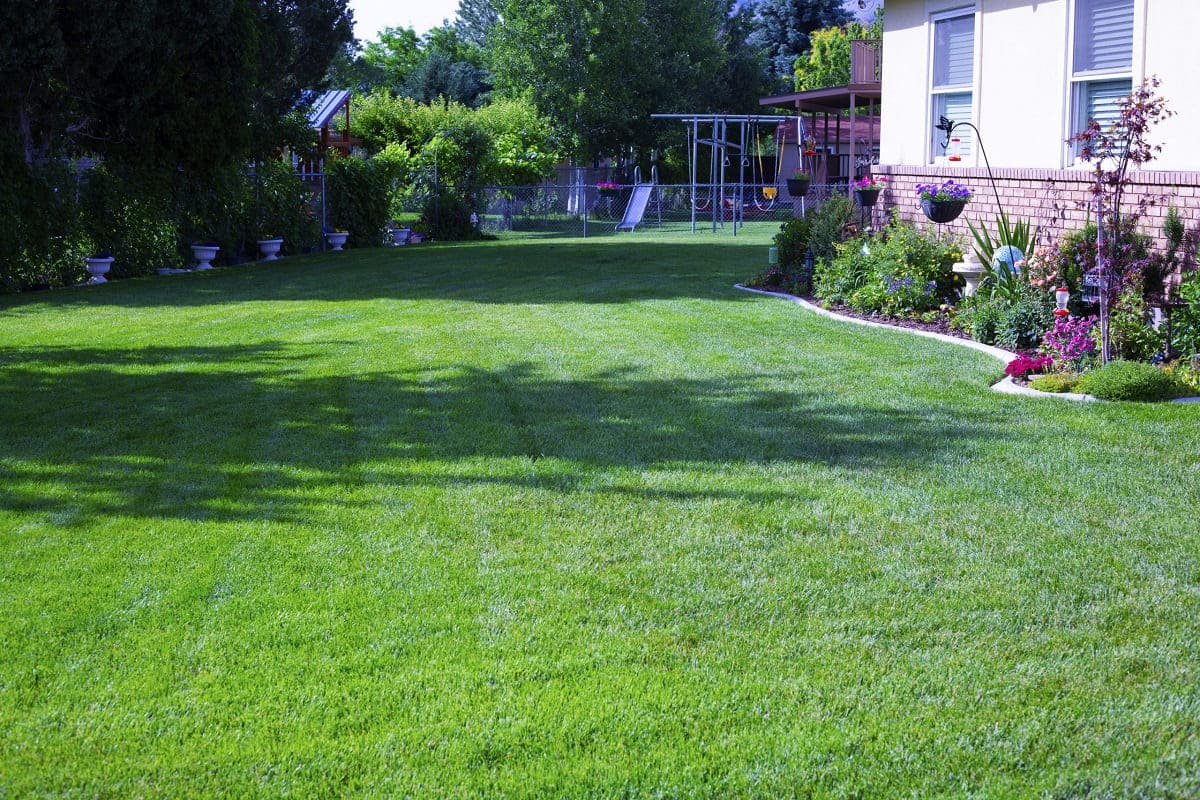
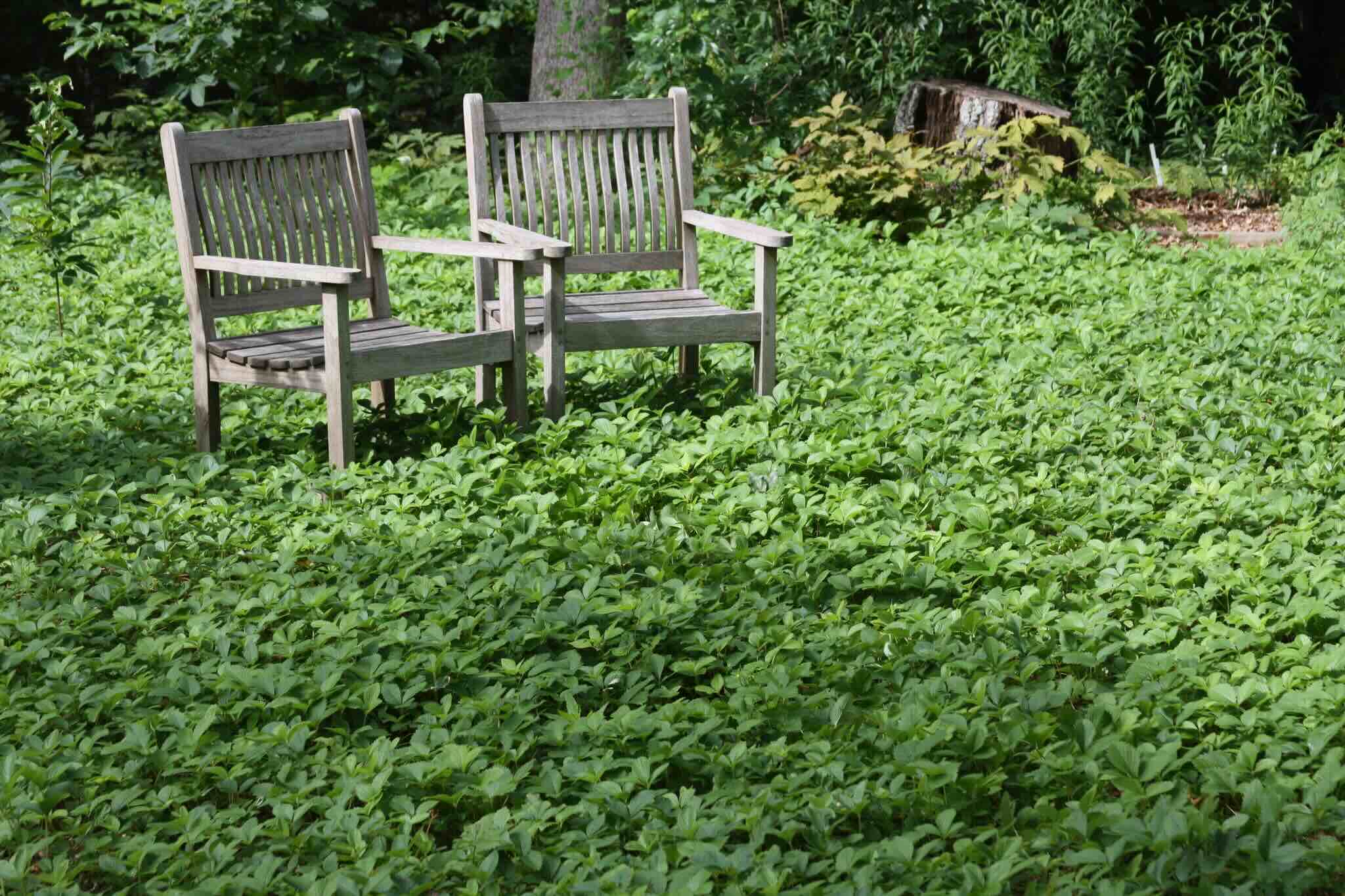
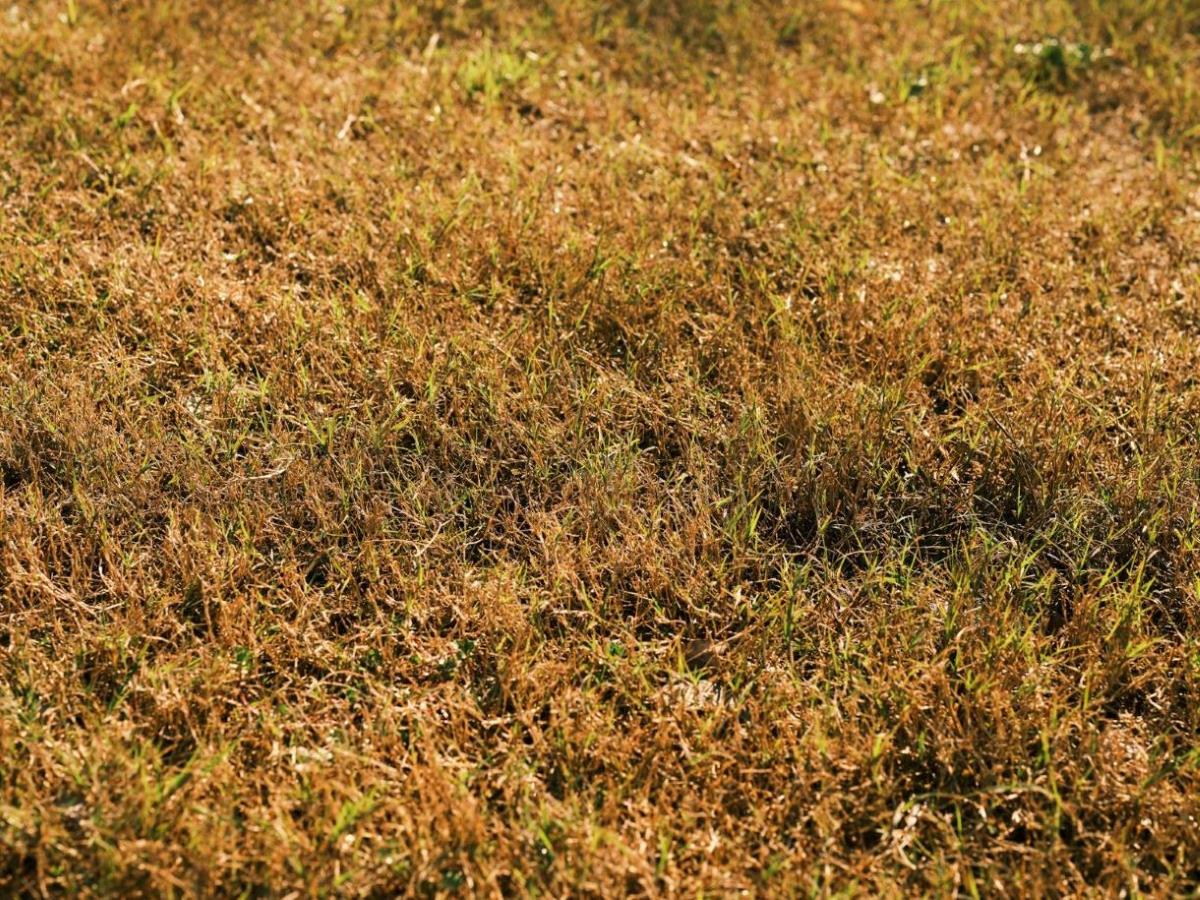
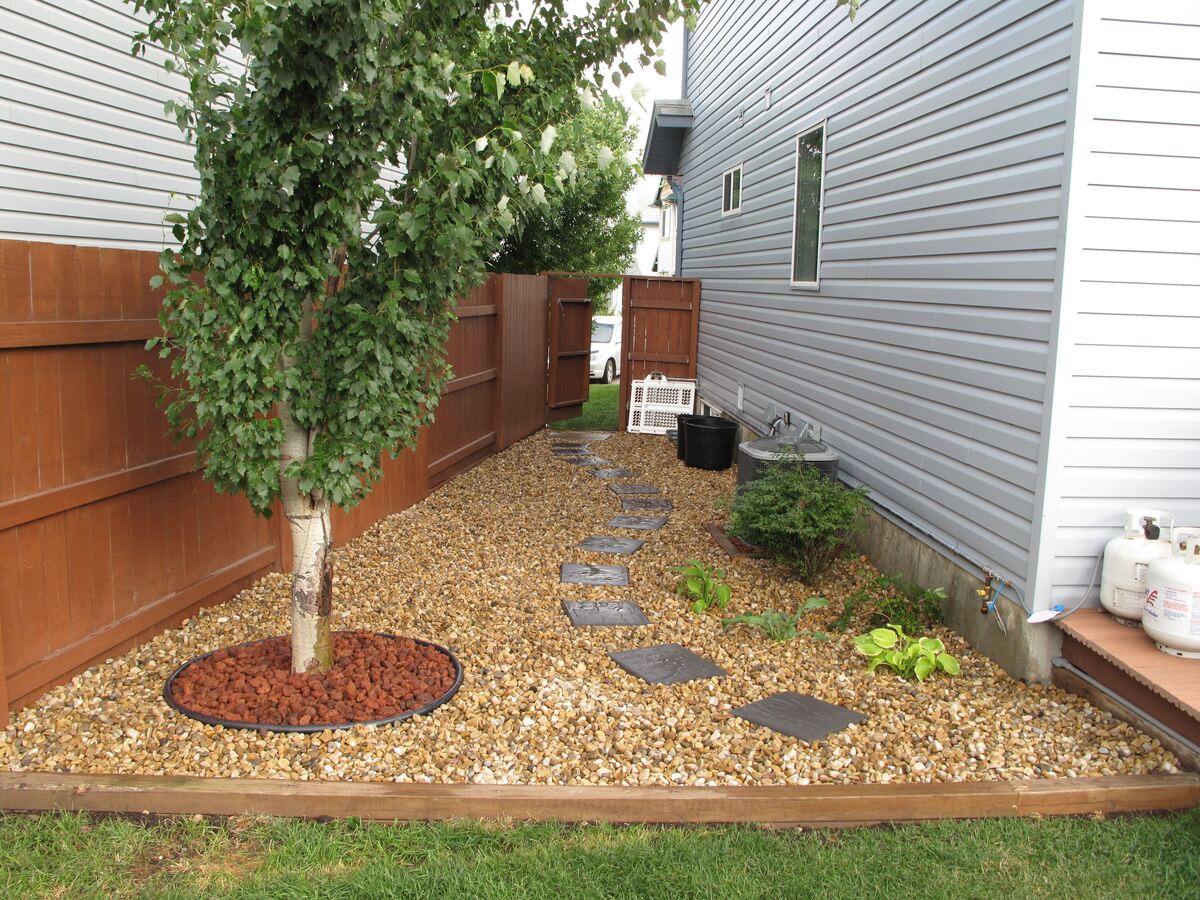
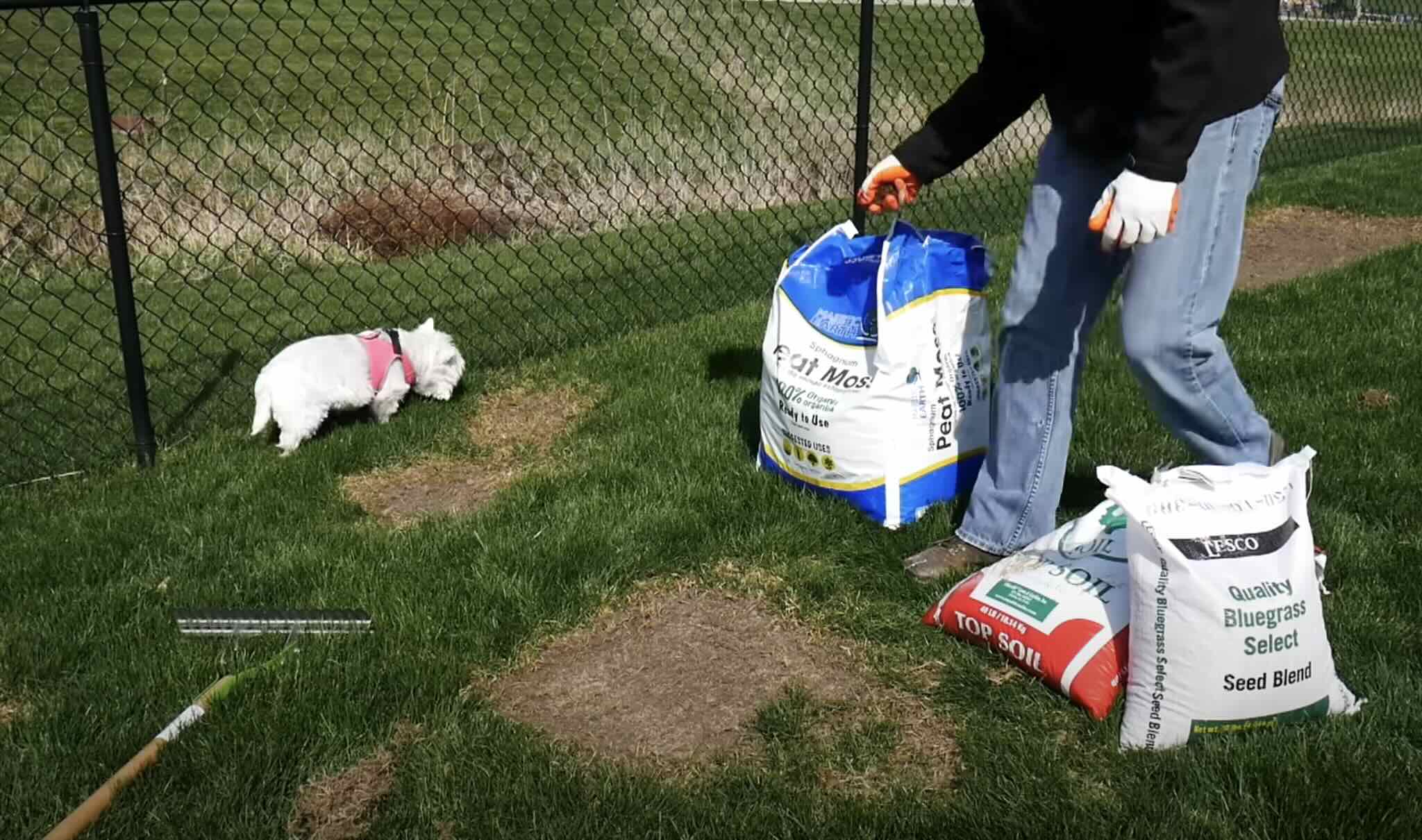
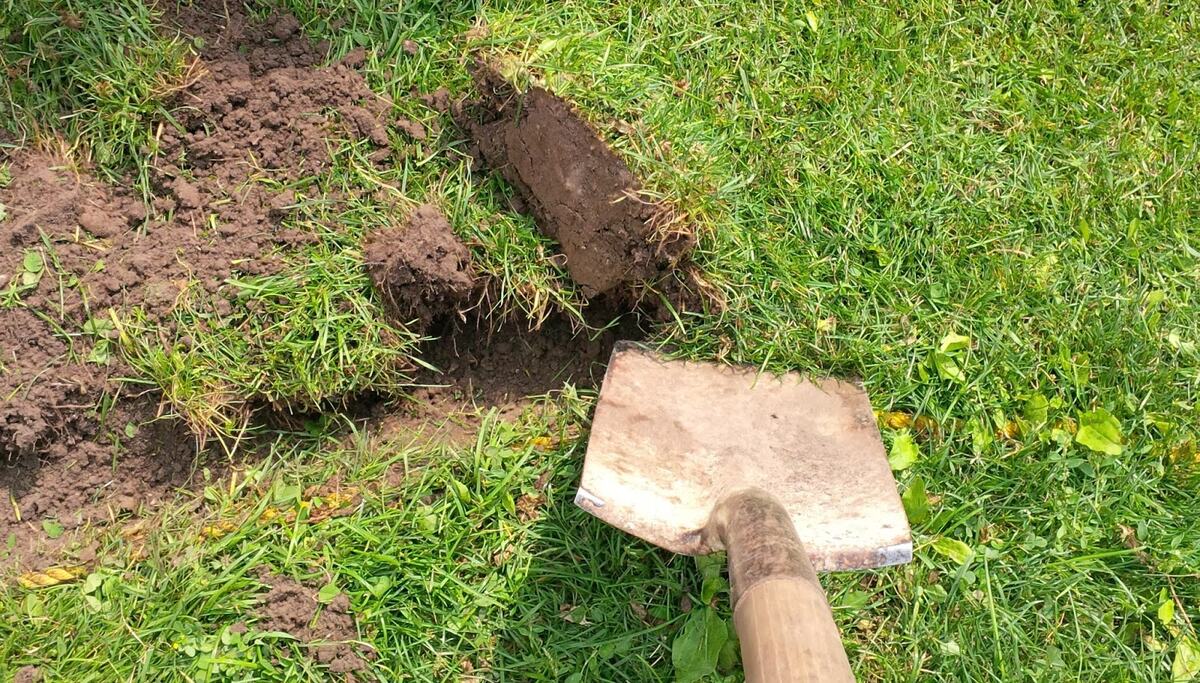
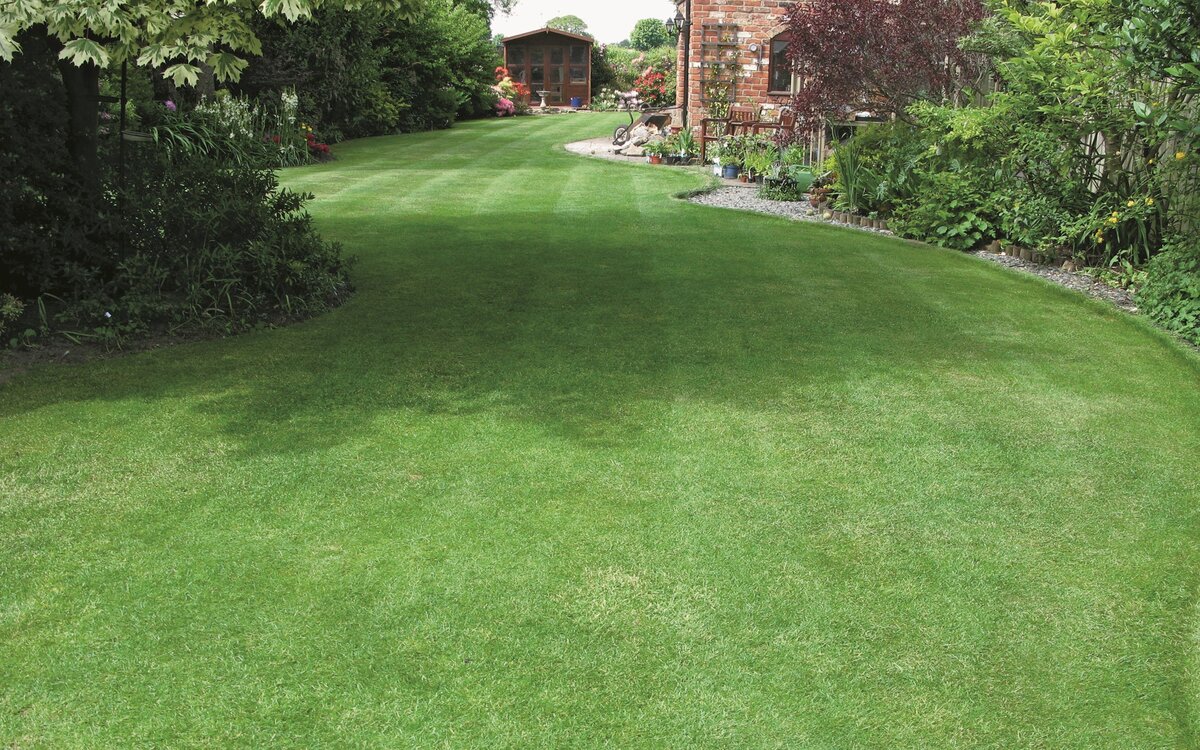
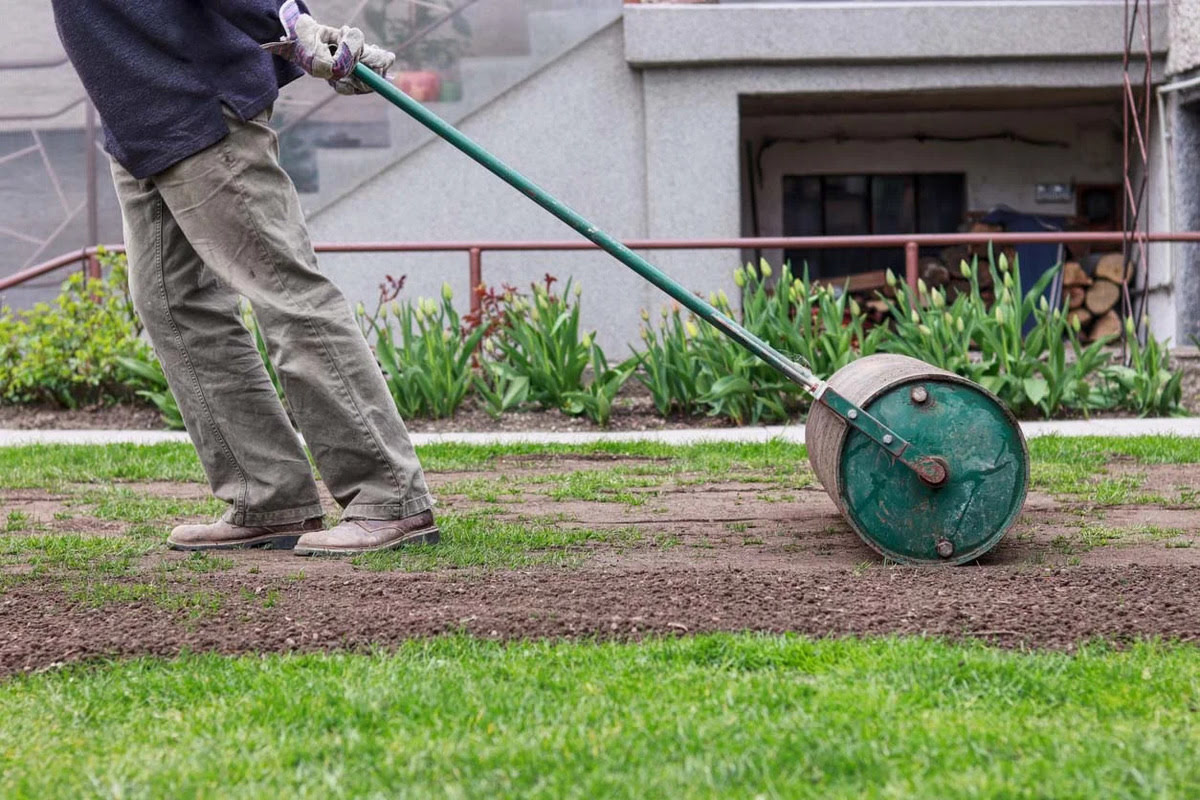
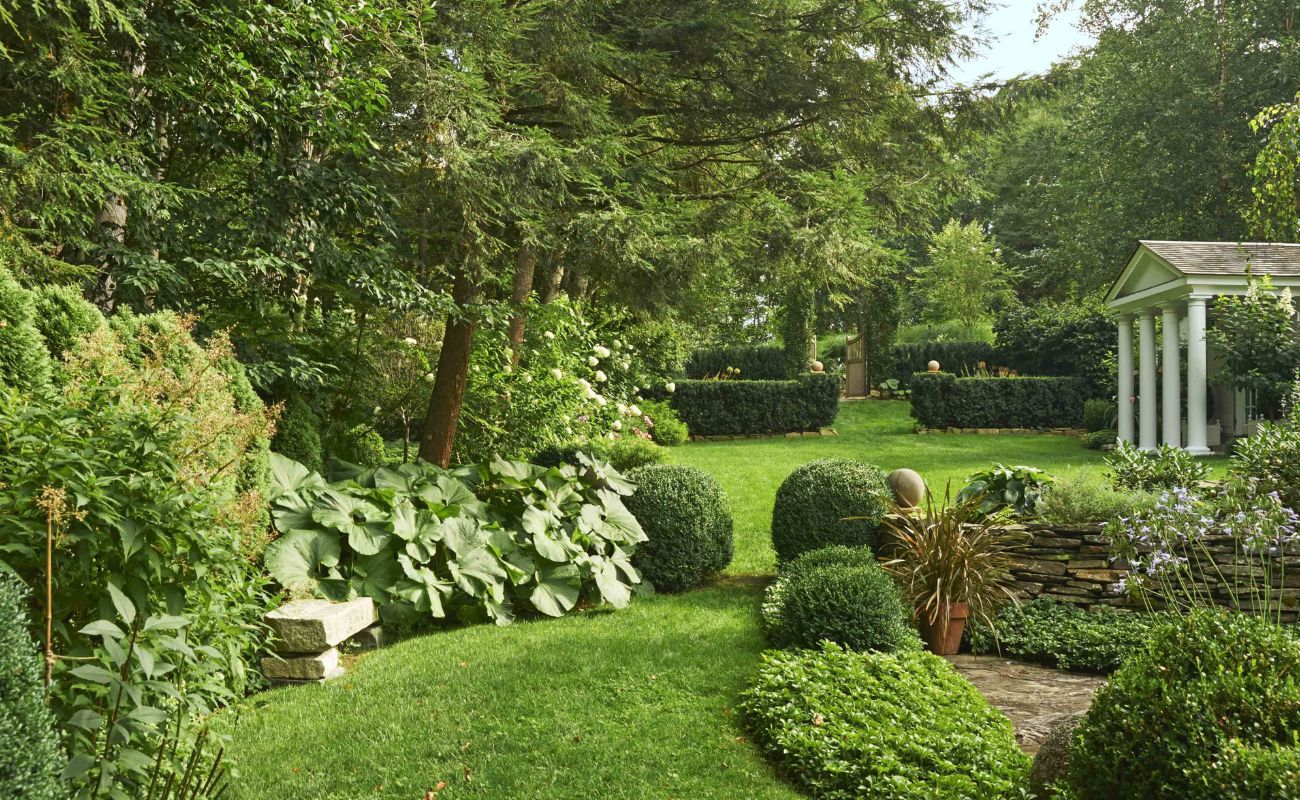
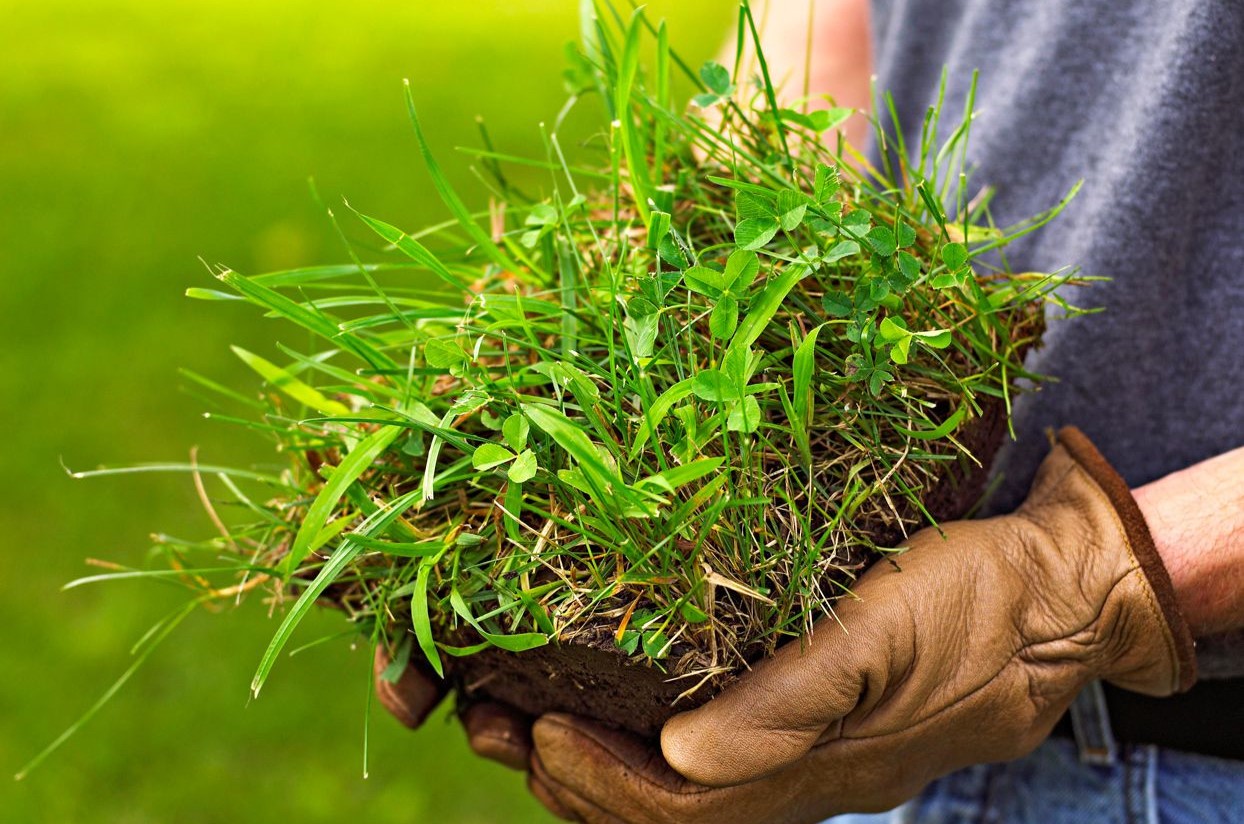
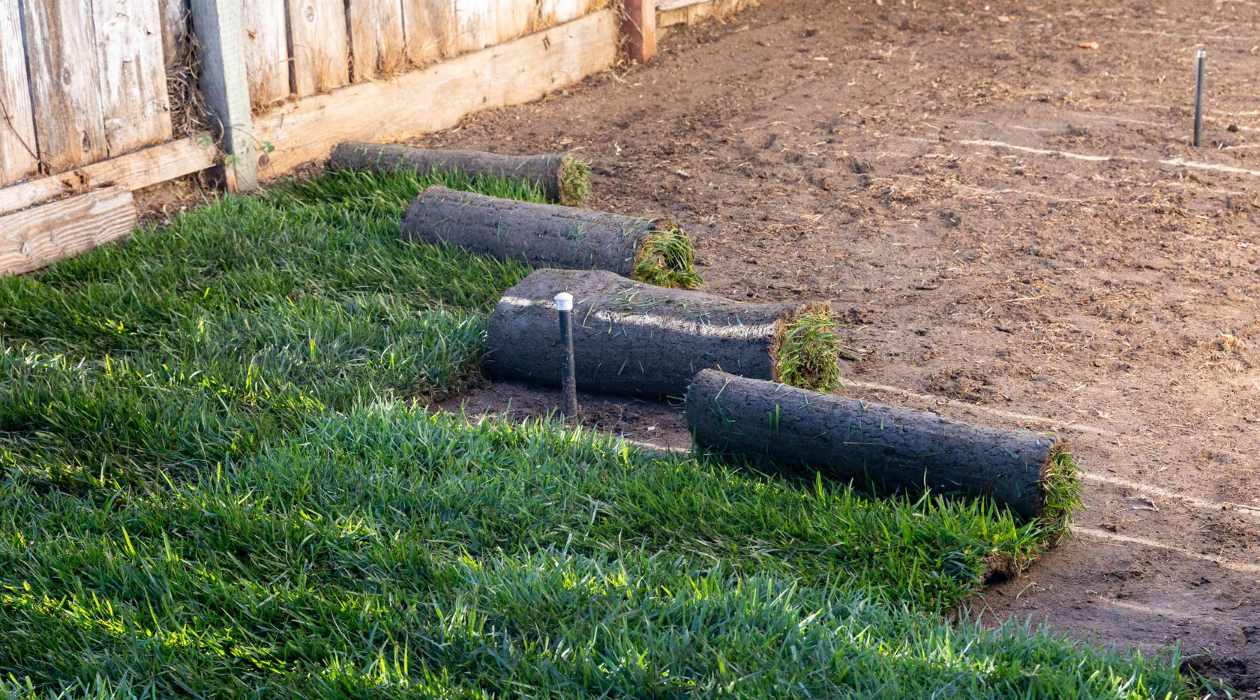
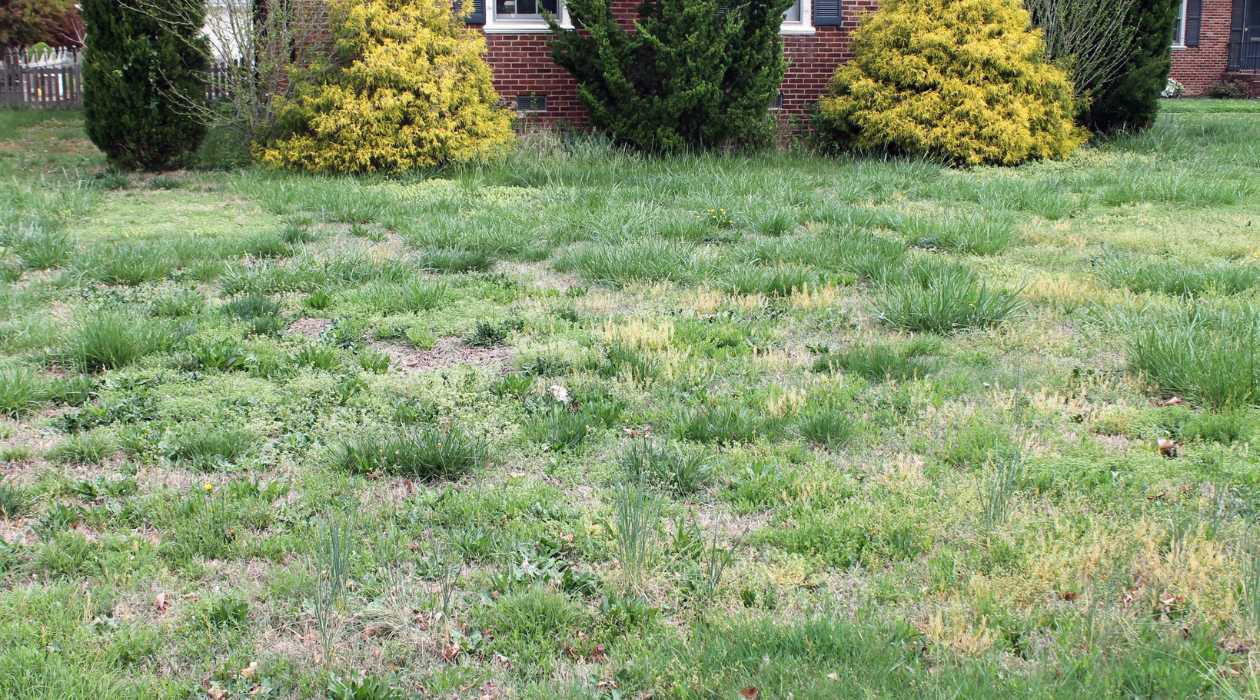
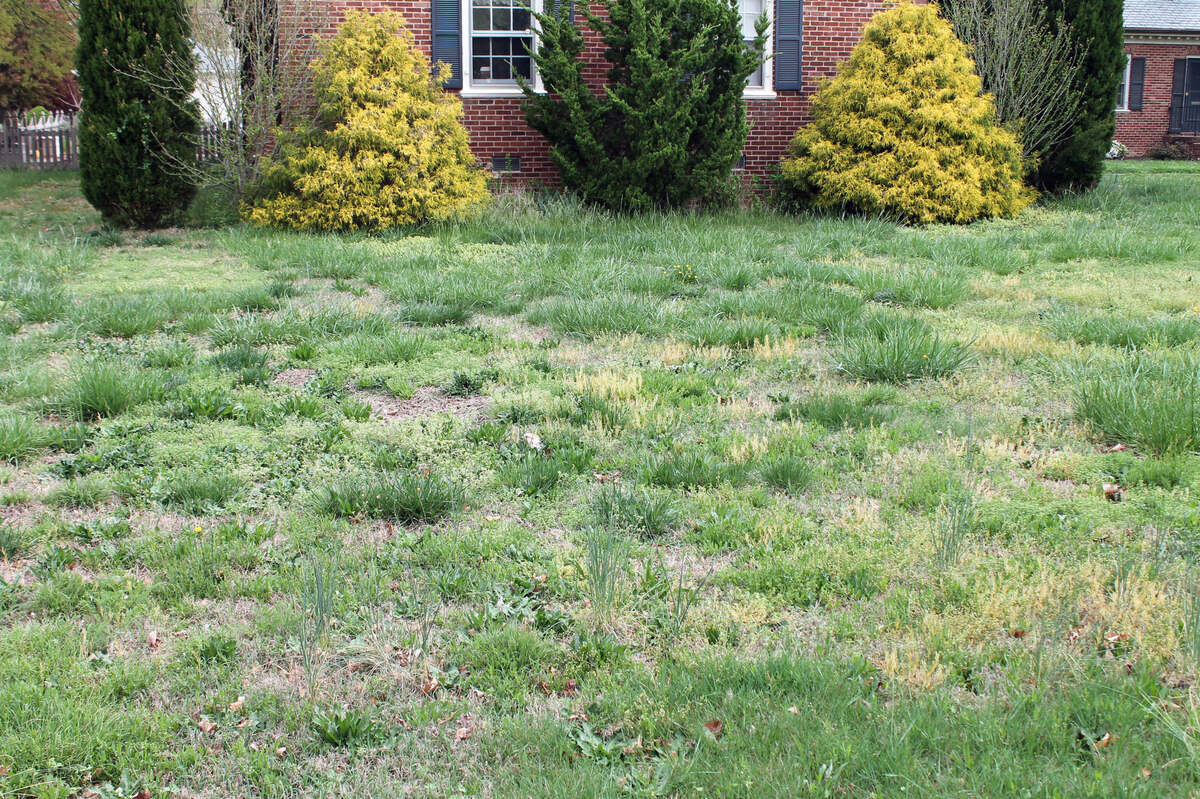
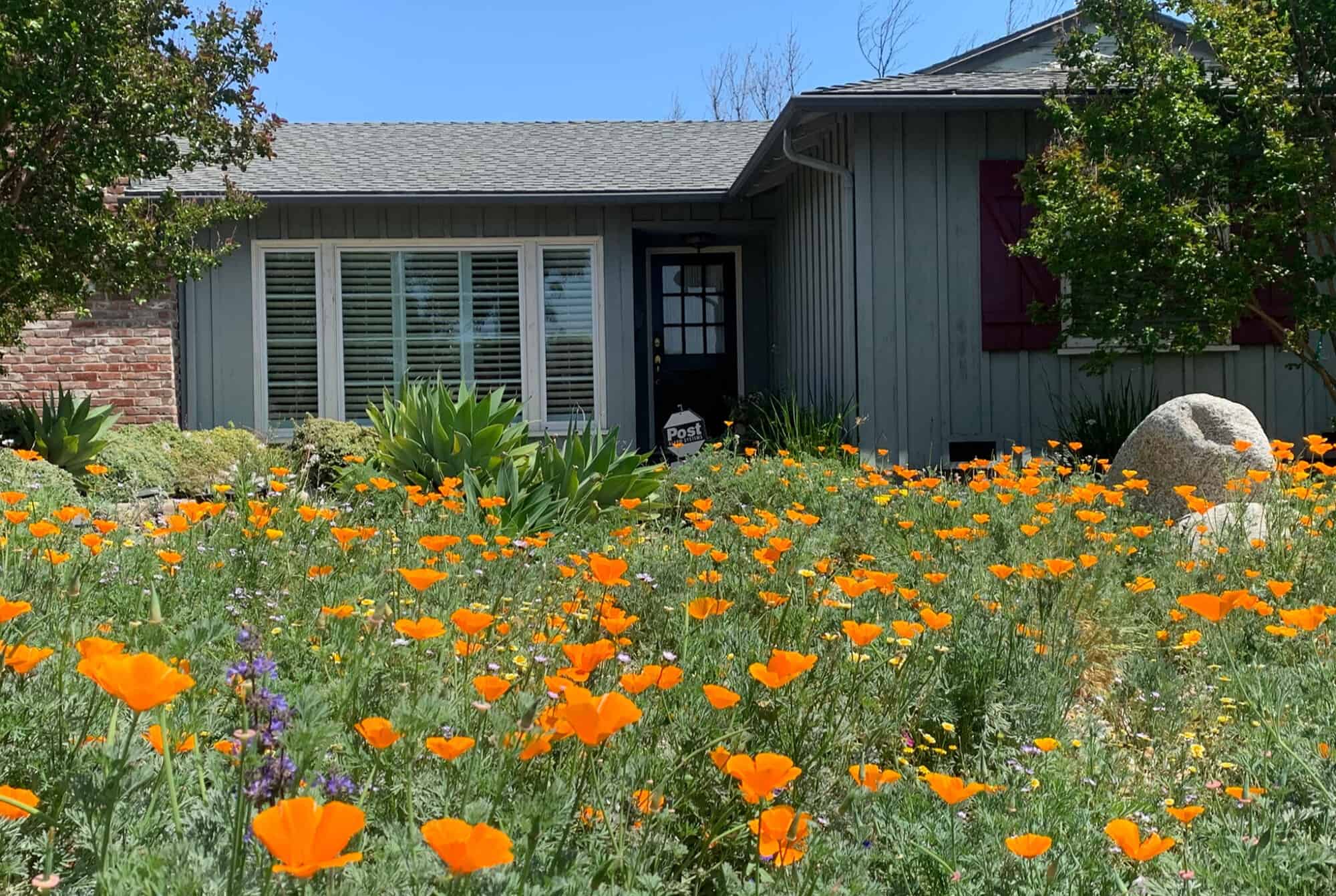

0 thoughts on “How To Grow Grass In A Muddy Yard”